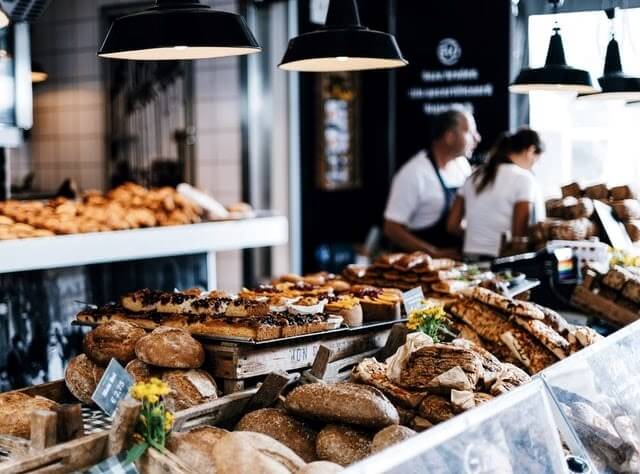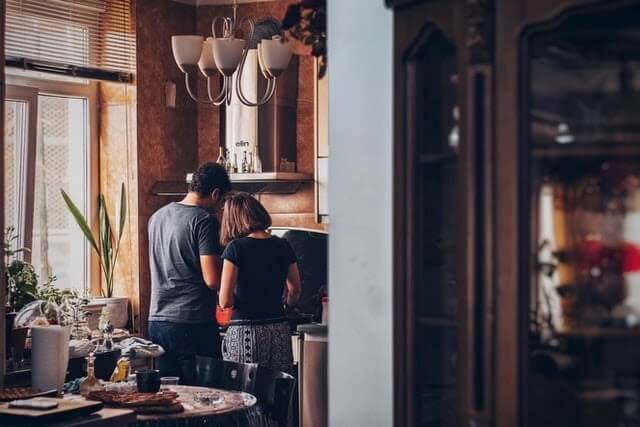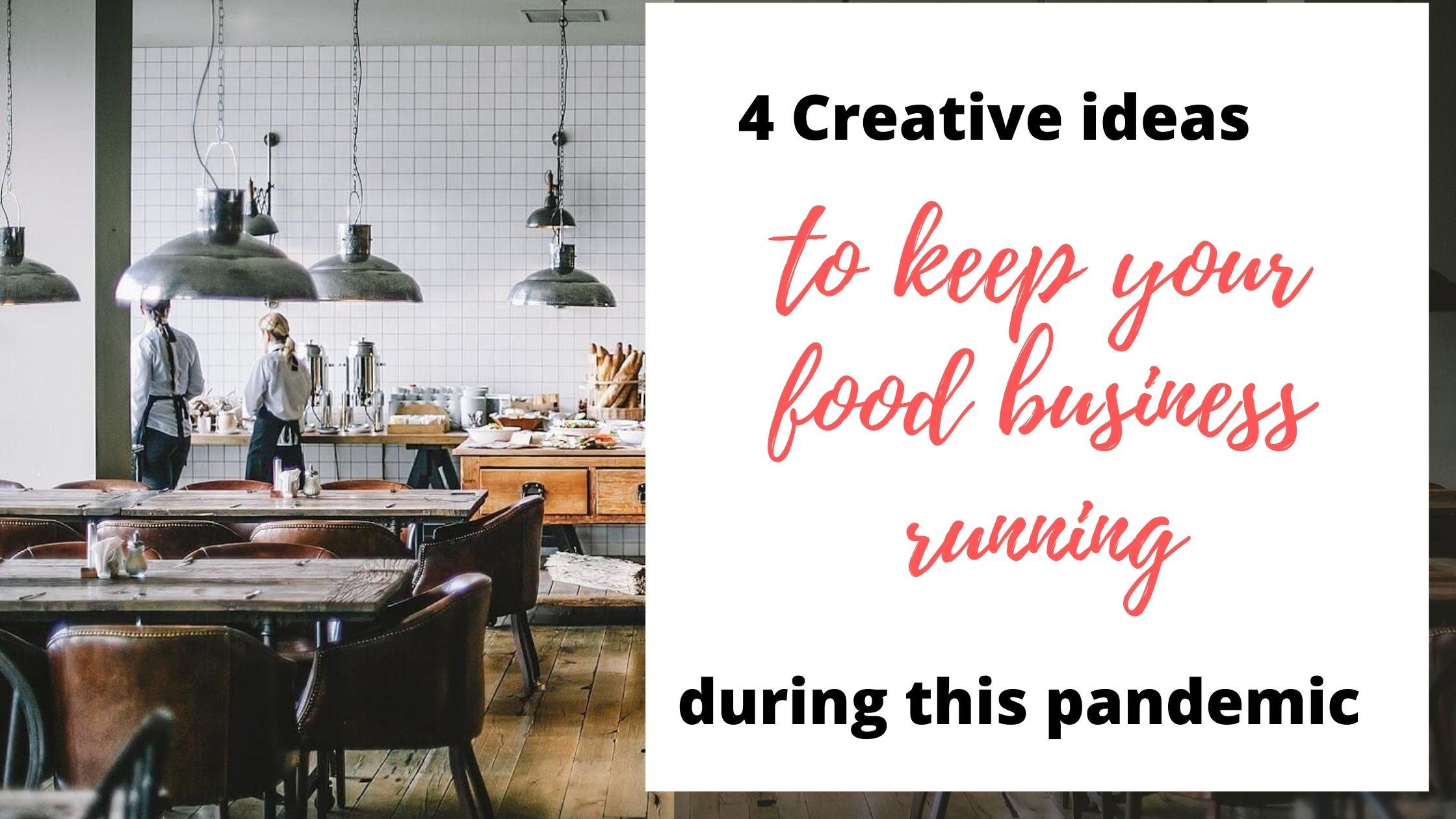The COVID-19 pandemic has upended our world. While every aspect of daily life is impacted, restaurants are particularly hard hit. In this guest post, Sophie shares 4 creative ideas for restaurants and how they can adapt their food business for the ‘new normal.’
Restaurants are among the businesses that were hit the hardest by the COVID pandemic. And the adverse effects are far from over – according to the data from the National Restaurant Association, sales and employment in the sector remain abysmally low and will probably stay that way until the end of 2020.
The industry landscape is changing rapidly, with mandatory temperature checks and waiters wearing protective equipment being among the unfortunate yet necessary changes.
At the same time, the lockdown has caused a massive shift in consumption habits, forcing vendors to switch to the take-out model.
Want to Grow Your Real Estate Business? Download the Complete Grant & Funding eBook for instant access to grants, guides, and more. 80+ Grant and Scholarship Opportunities (FG, State-by-State, General & Underrepresented Groups Scholarships, Plus Grant Writing Checklist). 900+ Copies Sold Already. Get Your Copy Now
Related: How Do I Protect My Small Business During COVID-19 Pandemic?
However, this solution will certainly not be a good fit for every restaurant out there, so let’s take a look at other creative ways to adapt to the new normal.
Automation
At first glance, automation and restaurant business could not be further apart. Despite offering numerous advantages to small and medium businesses, it just doesn’t feel right for a vendor that relies on social interaction and personal service.
The word itself sounds mechanical and impersonal. However, there are plenty of examples where automation actually benefited the business without alienating the customers.
One such case is Spyce – a restaurant in which the automated kitchen is presented as a way to achieve excellence. Clever gimmicks aside, here are several other advantages offered by the technology:
- Alleviating employee load
- Streamlining routine tasks
- Increasing consistency and quality of products
- Cutting operational expenses
- Reducing serving times
Not only that, but the introduction of automated equipment and robotics can also reduce the number of contact points between employees and customers, which is obviously relevant in the face of the public health crisis.
Online Booking Services

Booking is probably one of the most infamous parts of eating out. The thrill of being on the phone for minutes waiting for a suitable seat to pop up is rivaled only by the tension of coming to the place and waiting in the lobby.
With more and more services switching to digital solutions, there is little wonder these parts of the experience look more like something from the distant past.
Today, restaurants that seek innovation already have a wide selection of options from a simple yet powerful online booking plugin for WordPress to a complex enterprise solution for entire chains.
Such services are far more convenient for customers who can now book seats in a matter of seconds and at any time of the day.
At the same time, owners get better control over no-show reservations and can enhance customer experience by rewarding good clients.
Finally, online booking can be used to demonstrate compliance with guidelines on limiting the number of visitors and maintaining enough space between tables.
Digital Menus

One of the biggest problems with restaurants in the post-COVID world is their reliance on reusable items. In their guidelines for restaurants and bars, CDC has specifically addressed the issue of shared items, advising to avoid and discourage their use wherever possible.
Doing so should work without a hitch for napkins and such, but for things like menus, the switch may not be as painless, since disposable ones are more expensive and not as attractive.
This is where digital menus come in. Instead of handing visitors flimsy pieces of paper, a single QR code can be placed on a table that, when scanned, opens an app with all the menu items in place.
While more technologically sophisticated, this solution holds tremendous value for your business. Here are just some of its advantages:
- Ordering time is shortened
- Items can be updated in real time
- Support of special offers and customization boosts engagement
- Easier management of customer loyalty programs
- Personalized marketing campaigns
- Strengthened online presence for better conversion
- Higher appeal to millennials
- Flexibility of payment options
Related: 5 Mobile Payment Options You Can Integrate Into Your Website
Most importantly, such menus would not rely on shareable items – everyone will be able to interact with them from their personal phone.
Meal Kits

For restaurants that seek diversification instead of clinging to their existing business models, introducing meal kits may be one of the more lucrative directions.
Initially introduced as a way to manage the surplus of inventory shortly after the lockdown, they gradually gained popularity as the eat-at-home trend and built up momentum.
Granted, introducing an entirely new service presents restaurant owners with a host of new challenges, from packaging to addressing safety concerns.
However, restaurants are also among the best starting points for such an endeavor – they already have the necessary supply chain in place and possess enough expertise to personalize their offers and stand out among competitors.
With online communication becoming an integral part of our lives, venturing into the eat-at-home segment may serve your business well far beyond the current unfortunate events.
The New Normal?
The COVID pandemic is a harsh challenge for the business world but certainly not the last one.
Some aspects of the new normal, like masks and gloves, will go away at some point, while quality-of-life improvements like online booking services and digital menus are here to stay.
The truth is, the rules keep changing, so those who wish to stay in the game should be ready to adapt.
About the Author
Sophie Zoria is a freelance writer who frequently contributes to DZone, Hackernoon, The Startup, and Better Marketing. In this guest post, Sophie shared 4 creative ideas restaurants can implement to tamper the impact of COVID-19 on their business.

